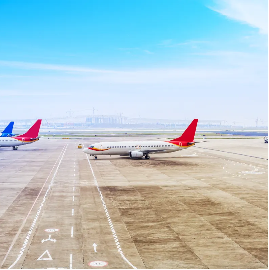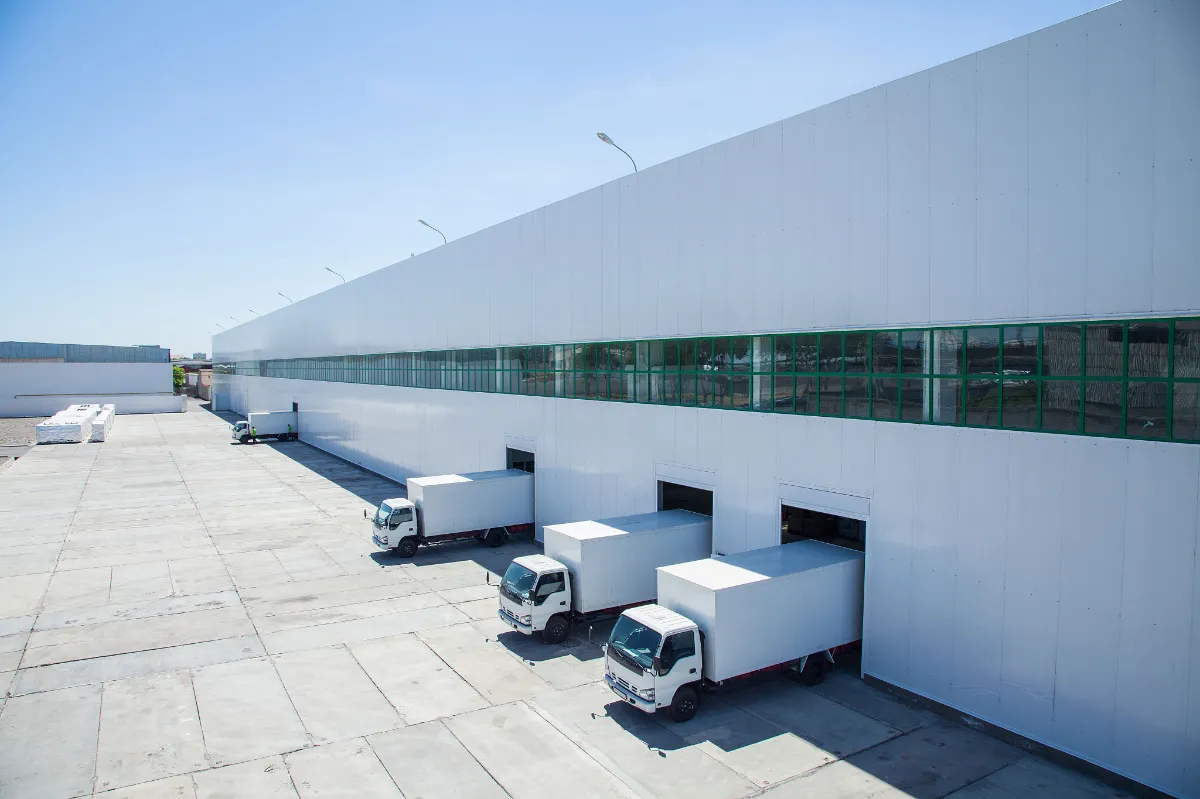Understanding Modern Shipping Solutions for Global Trade
In today's interconnected global marketplace, choosing the right freight transportation method can significantly impact a business's success. The debate between air freight vs sea freight continues to challenge logistics managers and business owners alike, as each mode offers distinct advantages for different shipping scenarios. This comprehensive guide explores the key factors that influence this critical decision, helping you make an informed choice for your cargo transportation needs.
Key Differences Between Air and Sea Transportation
Speed and Transit Times
When comparing air freight vs sea freight, speed represents one of the most significant differentiating factors. Air transportation typically delivers cargo within days, making it ideal for time-sensitive shipments. A flight from Asia to North America, for instance, takes approximately 1-3 days, while sea freight covering the same route might require 14-30 days.
However, it's essential to consider that total transit time includes more than just the journey itself. Customs clearance, ground transportation, and cargo handling at ports or airports all contribute to the overall delivery timeline. Air freight generally offers more predictable schedules and fewer potential delays, making it easier to plan precise delivery windows.
Cost Considerations and Economic Impact
Cost often becomes the deciding factor when choosing between air and sea shipping. Sea freight typically costs significantly less per kilogram, making it the preferred choice for bulk shipments and lower-value goods. The price difference can be substantial - air freight may cost 4-6 times more than sea freight for the same cargo weight.
However, when considering total logistics costs, businesses must factor in inventory carrying costs, warehousing expenses, and the value of goods in transit. Fast-moving consumer goods or high-value items might justify the premium air freight rates by reducing inventory costs and improving cash flow.

Environmental and Sustainability Aspects
Carbon Footprint Comparison
Environmental consciousness plays an increasingly important role in transportation decisions. Sea freight generally produces lower carbon emissions per ton-mile compared to air transport. Ships can move massive quantities of cargo while consuming relatively less fuel per unit, making ocean freight the more environmentally sustainable option for many shipments.
Modern vessels increasingly employ clean technologies and alternative fuels, further reducing their environmental impact. However, both transportation modes continue to evolve with new technologies and efficiency improvements to minimize their carbon footprint.
Future Sustainability Initiatives
The shipping industry is witnessing significant investments in sustainable practices. Electric aircraft for short-haul cargo flights and hydrogen-powered vessels represent emerging technologies that could reshape the environmental impact of freight transportation. These innovations may eventually narrow the sustainability gap between air and sea freight options.
Cargo Characteristics and Limitations
Size and Weight Restrictions
Air freight faces more stringent size and weight limitations compared to sea freight. Aircraft cargo holds have specific dimensional constraints and weight limits that restrict the types of goods they can transport. Sea vessels, conversely, can accommodate oversized cargo, heavy machinery, and bulk shipments with relative ease.
Understanding these limitations becomes crucial when planning shipments. While air freight excels in moving smaller, high-value items, sea freight remains unmatched for transporting large volumes or heavyweight cargo.
Product Type Considerations
Certain products naturally align better with specific transportation modes. Perishable goods, pharmaceuticals, and high-value electronics often require the speed and controlled environment of air freight. Meanwhile, construction materials, automotive parts, and bulk commodities typically move by sea due to their volume and lower time sensitivity.
Making the Strategic Choice
Business Model Alignment
The choice between air freight vs sea freight should align with your overall business strategy. Just-in-time manufacturing operations might require the reliability and speed of air freight, while retailers with predictable seasonal demand can better utilize sea freight's cost advantages.
Consider your market positioning, customer expectations, and competitive landscape when selecting a transportation mode. Premium brands might justify air freight costs to maintain rapid product availability, while mass-market retailers might prioritize the cost savings of ocean shipping.
Risk Management and Flexibility
Different transportation modes carry varying levels of risk and flexibility. Air freight offers more frequent departures and multiple routing options, providing greater adaptability to changing circumstances. Sea freight, while less flexible in scheduling, often includes better options for cargo insurance and risk management due to established maritime laws and practices.
Frequently Asked Questions
How does weather affect air freight vs sea freight operations?
While both modes can face weather-related challenges, air freight typically experiences more immediate disruptions from severe weather conditions. Sea freight vessels can often navigate around storms, though this may extend journey times. Air transport must prioritize safety and may cancel flights during adverse weather, but these delays usually last hours rather than days.
What documentation is required for air and sea shipments?
Both transportation modes require core documentation like commercial invoices and packing lists. However, air freight typically uses air waybills (AWB), while sea freight requires bills of lading (B/L). Sea freight often involves more extensive documentation due to international maritime regulations and port requirements.
Can I combine air and sea freight for my shipments?
Yes, many businesses utilize a hybrid approach called sea-air freight, where cargo travels partially by sea and partially by air. This strategy can help balance cost and speed considerations, particularly for long-distance routes or during peak shipping seasons when capacity might be constrained in either mode.

 EN
EN







